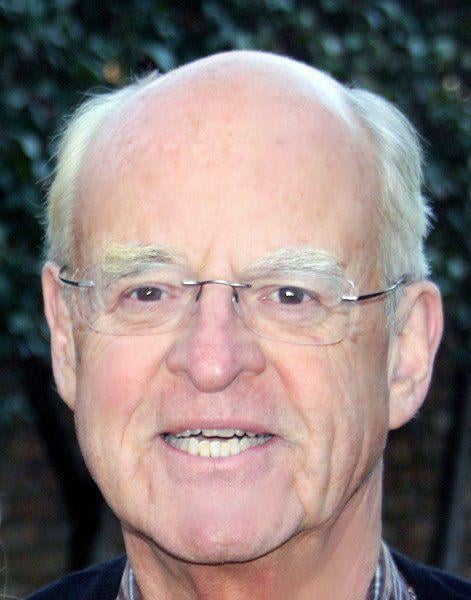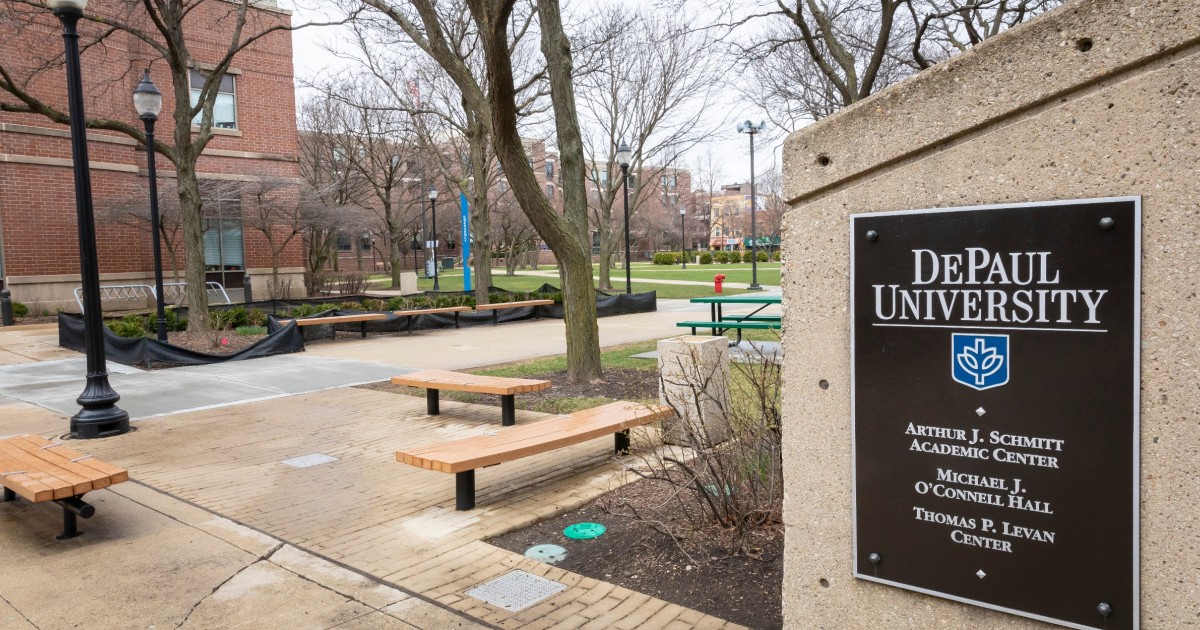
Governor J.B. Pritzker wants to see kids in the classroom this fall. He released guidance Tuesday for students returning to school and college.
Saying that classroom learning provides necessary opportunities for students to learn, socialize and grow, the governor leaves a lot of the particulars up to the more than 800 individual districts across the state.
“We recognize that Illinois is a diverse state, and school districts and institutions of higher learning across Illinois will face unique challenges in how they’ll operate within their communities. Based upon state guidance, each school district and each university will develop an implement a reopening plan that meets the needs of their community and the children that they serve, “ he said.
However the plans for Illinois schools must align with the state’s broader requirements of phase four of the governor’s reopening plan. That includes the wearing of state-provided masks and face coverings, a cap on 50 person gatherings in one space, the observance of social distancing wherever possible, and an increase in school wide cleanings and disinfection, including symptom checks.
Pritzker and Illniois State School Superintendent Carmen Ayala both cautioned that if there is a reversal of health metrics, or a second wave of the virus, things could change.
“Schools and districts must be prepared to return to remote learning if the virus surges again,” said Ayala, warning of the potential need to go back to the distance learning that took place in the spring of this year.
The plans unveiled for schools did not seem to be different than ideas discussed at a recent Illinois State Board of Education meeting.
Teacher unions say the safety protections do not go far enough. A joint statement from the Illinois Federation of Teachers and Illinois Education Association was critical of the lack of safety devices and school nurses at some schools, along with class sizes.
“The guidelines ISBE released today provide a road map as we return to in-person instruction, but they don’t address some of the most pressing concerns that make it difficult to social distance appropriately and monitor the health and well-being of all our education support staff, teachers and students. We are especially concerned about the lack of personal protective equipment and providing a safe learning environment," said the statement jointly attributed to IEA President Kathi Griffin and IFT President Dan Montgomery.
Local school districts will also be discussing the plan in the coming weeks. Springfield School District 186 Superintendent Jennifer Gill sent the following message to families:
“Right now, we don’t have all the answers to those questions as this document was released to school districts at the same time it was released to the public. Therefore, we kindly ask for your patience as our staff thoroughly reviews this detailed guidance and implements the suggestions into our district’s own transition plan."
She continued "We are aware of the need to communicate to our families about what to expect next school year and anticipate releasing our plan, ‘186 Learns: A plan for transition back to school.’ We expect this plan to be delivered to the Board of Education on July 20, 2020."
Colleges have their own set of advice from the state. Individual decisions will also be up to each college or university. However, dorms will be open. Some schools will only allow one student per room. Classrooms and libraries will also be open. They are under similar advice including social distancing, face masks and extra sanitation. That will also mean foot traffic will be rerouted in buildings, while classes and labs could be offered on staggered schedules.
When it comes to athletics, the governor said it will likely be sport-dependent.
“Runners who could run at some distance from one another and being timed perhaps might be different than college football,” he said.
The guidelines as they are written would prevent any large stadium gatherings. They will also follow advice of the NCAA and NAIA among other sports governing bodies.
Here are the highlights of the plan, as presented by the Governor’s office:
For school districts across Illinois:
* Require use of appropriate personal protective equipment (PPE), including face coverings;
* Prohibit more than 50 individuals from gathering in one space;
* Require social distancing whenever possible;
* Conduct symptom screenings and temperature checks or require self-certification that individuals entering school buildings are symptom free; and
* Increase schoolwide cleaning and disinfection.
Community Colleges in Illinois
* In person education will require face coverings to be worn by faculty, staff and students.
* Community colleges should conduct health screenings on employees, students and visitors before each campus visit.
* Community colleges should take additional measures to ensure social distancing and safety as determined by the features of spaces, learning methods, and other factors.
* Each community college should consider the needs of vulnerable staff or students when administering guidelines.
Colleges and Universities in Illinois
* When students return to campus this fall, they can expect new prevention measures from colleges and universities including social distancing, physical spacing, hand sanitizing stations, face covering requirements, and regular monitoring of students for symptoms of COVID-19.
*Schools are developing policies around traffic flow, cleaning of public spaces, and staggered schedules for the use of laboratories, auditoriums and other group facilities. Small-group sessions and meetings with professors will also have to adhere to social distancing guidelines.
*Nevertheless, colleges expect dormitories, cafeterias, libraries, bookstores, and other amenities of college life to be available to students, subject to the approved guidelines.
010-Inoreader Saves,HE 2 Coalition,HE Blog,2020: Today’s Top Headlines,2020: Today’s Coronavirus Headlines,2020: Today’s Economic Headlines,2020: Today’s Freedom Headlines,2020: Today’s Headlines,2020: Today’s Higher Ed Headlines,2020: Today’s Legal Headlines,2020: Today’s Health Headlines,2020: Today’s IL Delivered Headlines,2020: Today’s Political Headlines,2020: Today’s Progress Headlines
via 500 Server Error
June 24, 2020 at 06:48AM





